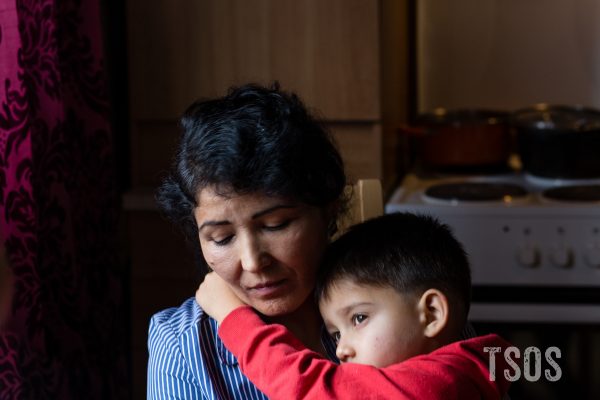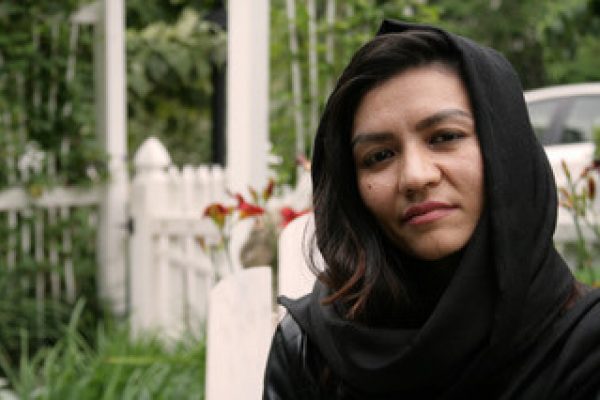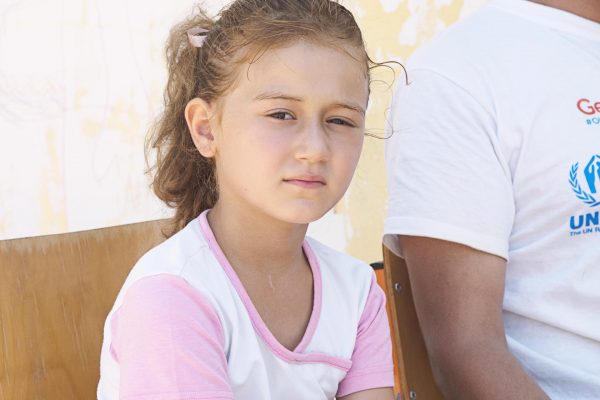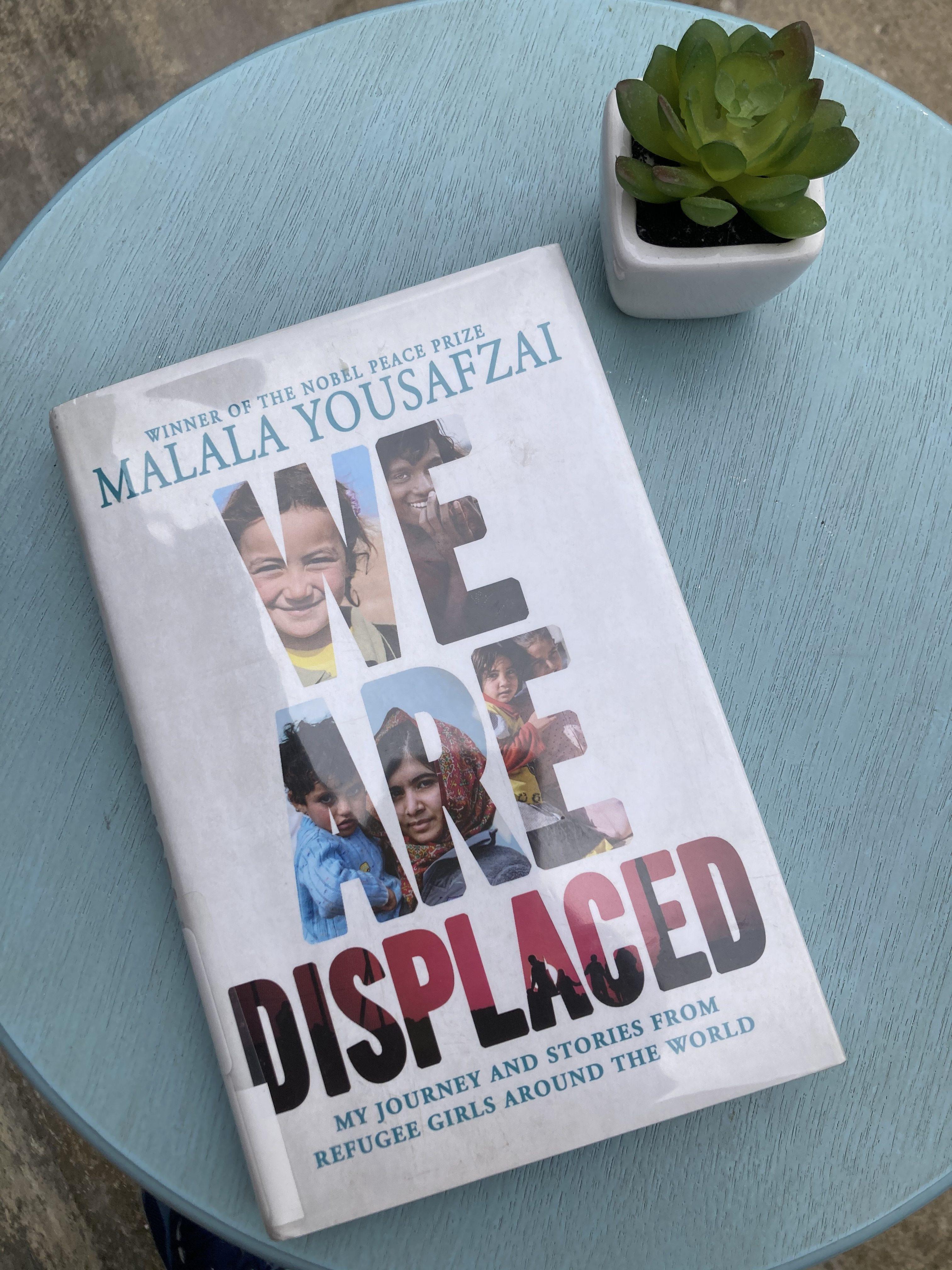Afghanistan: Women and Access to Education
Historically, women have been educated significantly less than men in Afghanistan.
Disrupted over the last few decades by war and instability, the education system in Afghanistan, while largely improved, remained somewhat fragile until the Taliban take over in 2021. Though still low, literacy rates increased significantly, with 43% of the population aged 15 years and older literate in 2018, compared to just over 30% in 2010 and under 20% in 1980 (UNESCO Institute of Statistics). Among Afghans aged 15-24 years old, 65.4% were literate.
In 2018, the total male literacy rate for those aged 15 years and older was 55.5% but only 29.8% for females(UNESCO). Three times as many boys as girls attended tertiary education (UNICEF). Among those aged 15-24 years old, 74.1% of males were literate, but only 56.3% of females, demonstrating an enduring gender discrepancy.
According to the Afghan Ministry of Education, until 2021 Afghanistan had over 15,000 general-education schools and almost 8.7 million students enrolled (SIGAR). However, attendance rates were lower, accounting for the lower literacy rates (see Figure 1, UNICEF).
Despite that, enrollment rates for girls were promising, with girls' enrollment rising from less than 40% to over 80% in primary schools and from 5% to 34% in secondary schools between 2010 and 2015 (UNHCR).
Enrollments in Afghan institutions of higher education also registered an increase in students from 8,000 in 2001 to 152,000 in 2012, and 174,425 in 2015 (WENR; U.S. AID). Barriers to enrollment included poverty, poor infrastructure, physical disabilities, lack of qualified teaching staff, and socio-cultural beliefs and restrictions upon girls.
Since the Taliban take over, women's rights experienced a heavy backlash. And among those hardest hit are the young girls - eager to be educated and respresented, but with little hope that they will be granted access to proper education, labor market and equal rights.
According to the Georgetown Institute for Women, Peace and Security, in 2023 Afghanistan was the lowest ranking country out of 177 countries surveyed for affording women access to education, peace and security, as well as providing them with any other human rights. (Source: GIWPS).


While Afghan women are facing discrimination from almost all areas of life, from restriction to their right of movement, education, reproductive rights, to their right to political inclusion, they still put themselves at peril to demonstrate against the lack of rights, in hopes to change the future for their children.
Watching their struggle from a distance, it becomes even more important to grant access to education and opportunities to the thousands of Afghan refugee girls across the globe, so that as Charlotte Jenner states in her 2015 UNHCR report:
“When Afghan refugee children are given the opportunity to access primary and secondary education, whether through public schools in their host countries or through community-based mechanisms, the positive results are self-perpetuating – not only improving the lives of individual Afghan students but those of their families, wider community and future generations
Children and youth who access education and training are better equipped to contribute to their host communities during displacement and play their part in the development of their country of origin – as teachers, doctors, engineers, or other members of the Afghan workforce. Educated girls go on to become educated mothers, who are able to support their children’s schooling, contribute financially, and address their own and their families' health and wellbeing.” (UNHCR, 2015).
Multiple community-based education programs work to overcome these educational barriers. UNICEF and Save the Children co-lead the Education in Emergencies Working Group which supports the Ministry of Education in its disaster response.
TSOS curricula harness the power of personal stories, connecting students to the individuals behind the refugee label.
Learn more about our free lessons for a variety of classrooms that help students gain a deeper knowledge about the individual people and their culture.






